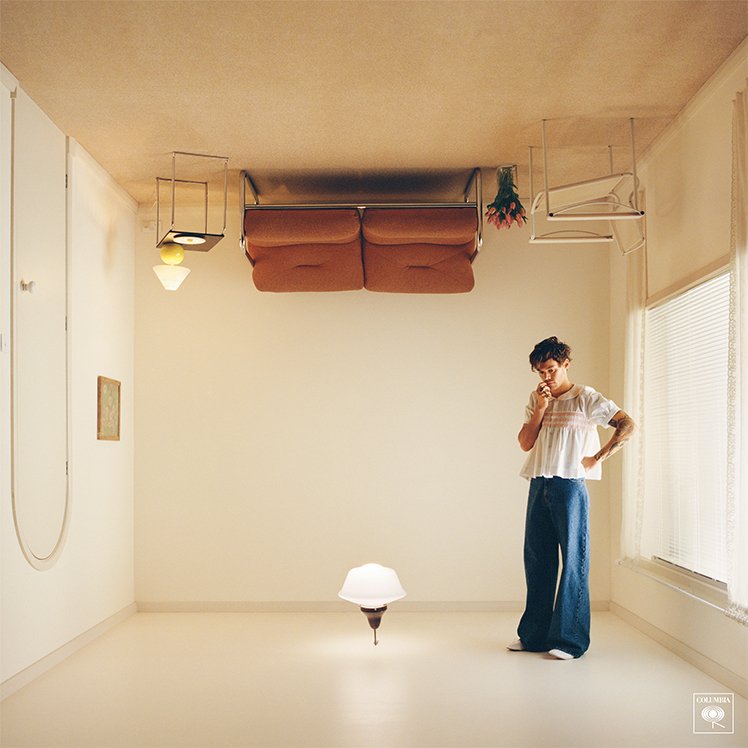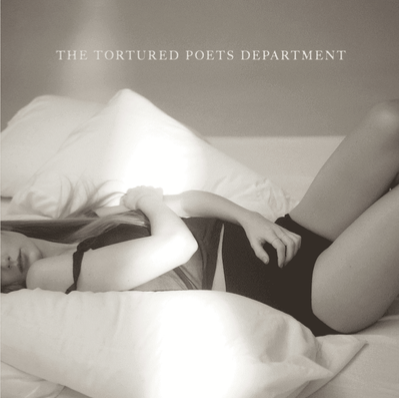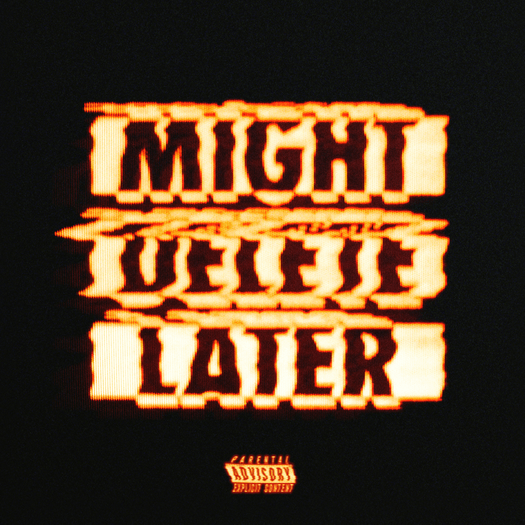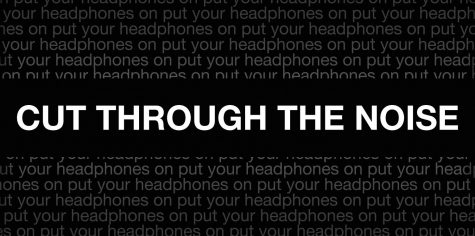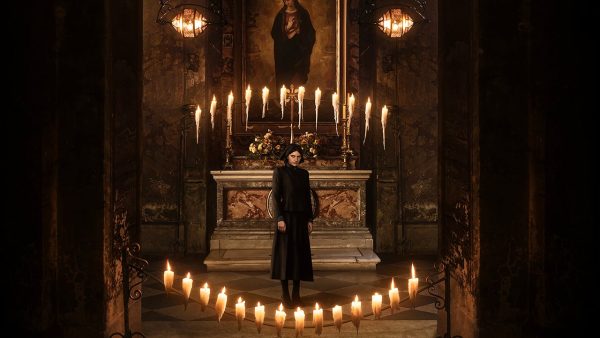‘Harry’s House’ is artist’s third masterpiece
Harry Styles’ new album reflects growth, talent
May 31, 2022
For such a talented and popular musician, it’s surprising to think that Harry Styles’ “Harry’s House” is only the third album in his discography. Styles released his sophomore album, Fine Line, right before COVID-19 struck the world, causing his tour for the album to be postponed to this past summer. Due to this complication, it’s been over two years since the artist has come out with any new music.
Early 2022, however, brought the announcement of ‘Harry’s House’ and one of its hit singles, “As It Was,” which has been in the Billboard Top 10 every week since its release. Additionally, at the Coachella Music Festival this April, Styles debuted other tracks off the album, such as “Boyfriends” and “Late Night Talking.” I was lucky enough to be in the first crowd to ever hear the songs live, and they were both breathtaking. The vast difference between the songs, both lyrical and melodically, made the experience extremely memorable and got me excited for the album.
Starting the album off strong, “Music for a Sushi Restaurant” brings listeners on a journey back to the “Fine Line” era, with a funky bass, falsetto notes, enchanting background vocals and a skilled horn section similar to that of “Treat People With Kindness.” Probably the most distinctive part of this song is Styles’ scatting which, although funny to listen to, fits perfectly in “Music for a Sushi Restaurant.”
“Late Night Talking” is a groovy love song that makes the listener feel like they’re in the honeymoon phase of a cheesy yet cute rom-com. The synth keyboards are extremely evocative of “1999” era Prince. Although the song is fun and eclectic, it gets a bit repetitive.
Following Styles’ infamous obsession with naming songs after fruit, “Grapejuice” is a lowkey tune about getting emotionally hungover while talking with a romantic partner, which Styles describes as “The grapejuice blues.” He sings about drinking wine with his love, and throughout the song he realizes that the person he’s with makes his life more worth living.
As previously reviewed in ‘Cut Through the Noise,’ “As It Was” was released as a single prior to that of “Harry’s House.” A retrospective song, “As It Was” pairs reminiscent lyrics with the sounds of classic rock-style drumming, church bells and an “A-ha”-esque jingle to create an earworm that has taken the world by storm.
“Daylight” is yet another love song, and, like much of “Harry’s House,” deals with the struggles of a long-distance relationship. The synth and drumming are much like the preceding melodies, but the mixing and use of voice contortion make the song unique. The line “Daylight, you’ve got me cursing the daylight” is repeated throughout the chorus, alluding to the idea that Styles’ partner left in the morning, so the daylight took them from him.
Illustrating a past relationship that slipped away, “Little Freak” is an interestingly cryptic song. The contrast in lyrics that depict flashes of memories with someone and ones that describe how the person has changed, creates an elaborate linguistic dynamic. The melody is a combination of electronic mixing, an acoustic guitar and many layers of Styles’ vocals.
In the Zane Lowe Apple Music interview, Styles said the song “Matilda” was about someone specific, but was modeled after the main character from the Roald Dahl book “Matilda.” Touching on the strength it takes to disassociate from negligent parents, “Matilda” is a powerful acoustic ballad that brings out the beauty of Styles’ voice.
“Cinema” is an especially ‘70s inspired song, with a funky bassline and echoing background vocals that give it Styles’ unique nostalgic-yet-modern sound. The groovy guitar specifically is heavily influenced by songs like “Shining Star” by Earth, Wind & Fire and “Get Your Back Up Off the Wall” by Kool and the Gang. The metaphorically explicit lyrics give “Cinema” an intimate and personal feel.
Again utilizing the principles of a classic ‘70s funk song, “Daydreaming” does, in fact, make the listener feel like they are in a daydream. Compared to the rest of the album, which seems to be very specific and personal for Harry, “Daydreaming” seems to be more of a general, fun love song, like “Adore You” from “Fine Line.”
“Keep Driving” is a catchy and relatable song about not wanting to return home and having a yearning to stay in a state of momentary bliss. Although the song is relatively chill, it speeds up at the bridge in a frenzy of random lyrics, which could be mimicking the stress that Styles is trying to avoid when he asks “Should we just keep driving?” On a metaphoric note, the song represents trying to avoid the craziness and depressiveness of life and focus on the positive, even when the world around you is crumbling to pieces.
Debatably the most underrated song on the album, “Satellite” seems to be about lack of communication in a relationship, and waiting for the person of interest to give you attention. Styles uses the metaphor of a satellite to push the themes of communication and connection. Although the lyrics of the song are relatively simplistic, the contrast of melody between the verses and choruses makes the song both captivating and memorable.
A straightforward and heartfelt acoustic song, “Boyfriends” details the experiences of having a challenging relationship with one’s boyfriend. Styles sings about being taken for granted, and yet still coming back and hoping things will get better. It’s unclear if the song is from his perspective, from the perspective of his partner, or just a general song about the hardships of dating uncommunicative men. Whatever viewpoint “Boyfriends” comes from, it is a deeply relatable song for many people.
Finishing off the album, “Love Of My Life” is a mainly electronic song about reminiscing on a past relationship. Having similar themes as “The One That Got Away” by Katy Perry and “As It Was,” the song takes the listener down a melancholic memory lane. The song ends with a piano melody that was previously teased on the You Are Home social media accounts that were in conjunction with the album and artist.
My only critique of the album is that the musical and rhythmic themes are very similar to “Fine Line.” Because there was such a vast difference between Styles’ self-titled debut and his sophomore album, I was expecting another change in genre. However, it seems that Styles has found his signature sound in the late ‘70s/early ’80s funk and disco area, which he executes in his own fashion and with a modern twist.
Overall, “Harry’s House” did not disappoint. Its themes of euphoria, lost love, nostalgia and reflection are both moving and comforting. If you like “Fine Line,” music with funk and pop rock aspects, and the combination of musical genres and eras, “Harry’s House” is definitely worth a listen — or ten.
“Harry’s House”: ★★★★★
Highlights: “Matilda,” “Daydreaming,” “Love Of My Life”



